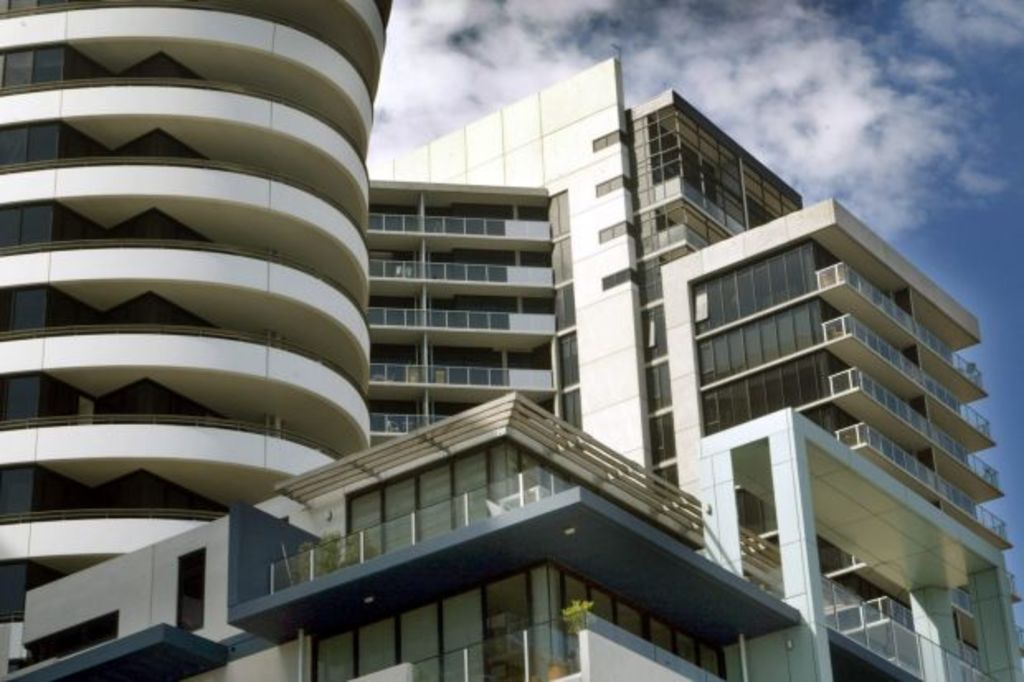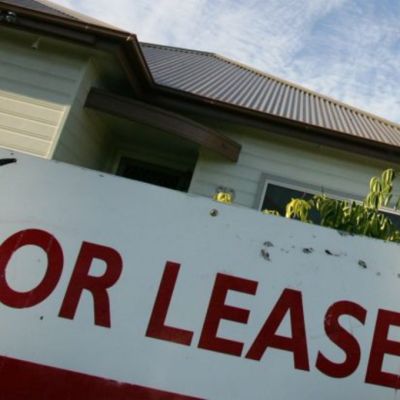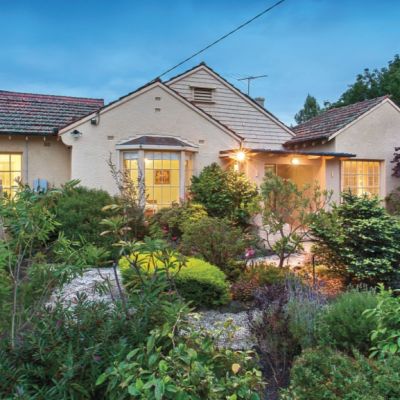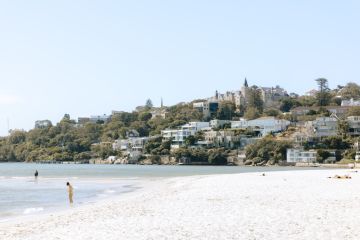When does it make sense to buy an apartment?

There’s been plenty of talk recently about the dangers of buying an apartment – particularly those in large high-rise developments in the Melbourne, Sydney and Brisbane CBDs.
Recently, a majority of 26 housing experts and economists surveyed by comparison website Finder stated there was an oversupply of apartments in Melbourne and Brisbane, with experts predicting it would lead to a fall in property prices.
But are there some situations or locations – perhaps outside the CBD – where it still makes financial sense to buy an apartment?
“Don’t hesitate to buy an apartment, but be selective when you’re doing it,” offers up Janet Spencer, director of buyers’ agency Buyer Solutions.
To begin with, she suggests aiming for as small a block as you can – ideally less than 12 apartments.
“When you’re buying an apartment you’re going to have an owners corporation, which is like a mini democracy,” says Ms Spencer. “When it comes to big decisions if you’re one of 100 it’s very hard to have influence. But if you’re one of four you’ve got a 25 per cent voice.”
Before buying she suggests checking the owners corporations fees, which can vary widely up to about the $10,000 mark in some situations.
Ms Spencer says the size and features of the apartment will depend on the suburb you’re buying in. If you aim to rent it out, find out what renters in that area want – one bedroom, two bedrooms, air-conditioning … an onsite pool? As a rule however, she suggests a one-bedroom apartment should be a minimum of 50 square metres.
A point of difference, for example a view into a lovely tree-lined street, is also a winner. “Some apartments are pretty soulless.”
Ms Spencer doesn’t rule out buying apartments in the CBD entirely. For instance in Melbourne, she says an apartment in Spring Street might do well, as might a character-filled apartment in an older-style block.
Meanwhile, Property Investment Professionals of Australia chairman Ben Kingsley says only a limited number of locations will potentially be impacted by an oversupply of new stock. He pinpoints CBD areas of Melbourne, Brisbane and Perth, which he says may suffer over the next 12 to 18 months.
“The continued strong demand for property means that Sydney’s new unit market is not affected to the same degree, however, prices they are at the peak of the cycle and we do have some concerns about oversupply in some secondary employment hubs,” he says.
“Investors should be wary of purchasing new off-the-plan units in or near the CBDs of Melbourne and Brisbane this year given the potential for oversupply as well as lenders making it more difficult to access finance for this type of product.”
However he says any type of housing oversupply is a temporary situation, and over time will be absorbed by buyers when developers move on to new locations.
Mr Kingsley says established units remain a sound investment strategy because they’re still affordable compared to houses in Australia’s cities – and that usually means a better rental yield.
But if you’re after a quick buck, you might want to adjust your expectations.
“The key to successful property investment of both houses and units is holding for the long term, which enables homeowners and investors to ride out any short-term market issues,” says Mr Kingsley.
Tick! Other desirable factors to look out for
- A large floor plan.
- Any unique features – an art deco apartment for instance – that may attract renters or other buyers.
- Proximity to public transport, cafes, shops and parks.
- Well-maintained communal facilities.
We recommend
States
Capital Cities
Capital Cities - Rentals
Popular Areas
Allhomes
More










